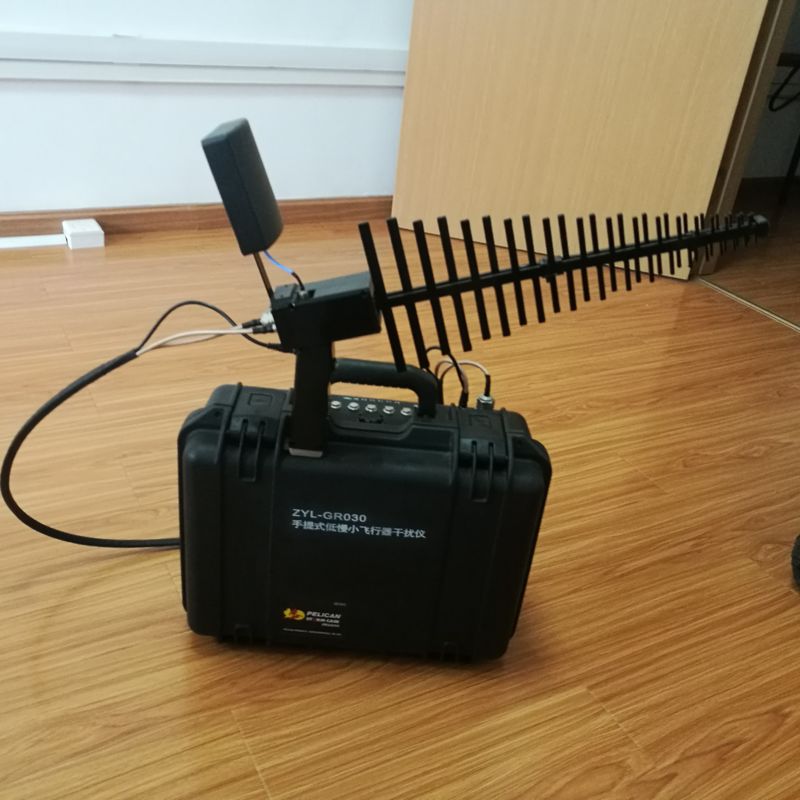Many folk do not comprehend that, online spying is the acquisition of information by an electronic digital, mechanical, or other bugging instrument of the contents of any wired or electronic interactions, under situations in which a party to the interaction has a sensible expectation of privacy. The „contents“ of a communication includes any info concerning the identity of the parties, or the presence, substance, claim, or significance of the interaction.
Such monitoring tracks interactions that falls into 2 general classifications: wire and electronic digital communications. Digital communications refer to the transfer of details, information, sounds, or other contents through internet ways, such as email, VoIP, or submitting to the cloud.
The goal of surveillance is to obtain info that might not be instantly readily available without a collective effort and a focused attention. This chapter describes the kinds of wiretap, the scope of equipment requirements for wiretap, and the legal implications of privacy and retention problems. There are four kinds of bugging– namely, concealed, obvious, individual, and internet based. Covert operations are carried out in secret without the understanding of those being observed. When correctly executed, these operations can yield interesting outcomes. Overt operations are out in the open and can normally be quickly identified. Personal operations are carried out face to face by people or by teams of operatives, and involve making use of covert cams, voice and internet recording devices, and comparable tools. There’s much more details, on this topic, if you click on this web page link Allfrequencyjammer ..!
Electronic digital wiretap hacking operations can range from CCTV (Closed-Circuit Television) systems to line interception, and provides a substantial amount of info which are also really visible deterrents to particular types of criminal activities. Of utmost significance in all surveillance operations is a correct understanding of personal privacy and the limits to which one can surveil another without violating legal constraints, business policy, or common sense.
 Conflicts of interest and constraints of scenario run unfathomable. A close assessment of modern organizational patterns and their analysis reveals substantial continuity in theory and practice. Electronic digital spying can look remarkably like Edward’s idea of technical control; the exaggerated claims for empowerment highly look like those produced work humanization in the 1970s. Often theorists are explaining the very same practices in a different conceptual language. Prepared internalization in one structure can be enforced normative controls in another. It would be foolish, obviously, to claim that absolutely nothing changes. Modifications in the labor force and wider cultural norms can bring brand-new problems such as the increasing tide of sexual misdeed at work. If they are transgressed, in turn this creates the conditions for new controls such as codes of conduct that specify proper borders of habits and what sanctions may follow. While work stays a contested surface there will be a frontier of control.
Conflicts of interest and constraints of scenario run unfathomable. A close assessment of modern organizational patterns and their analysis reveals substantial continuity in theory and practice. Electronic digital spying can look remarkably like Edward’s idea of technical control; the exaggerated claims for empowerment highly look like those produced work humanization in the 1970s. Often theorists are explaining the very same practices in a different conceptual language. Prepared internalization in one structure can be enforced normative controls in another. It would be foolish, obviously, to claim that absolutely nothing changes. Modifications in the labor force and wider cultural norms can bring brand-new problems such as the increasing tide of sexual misdeed at work. If they are transgressed, in turn this creates the conditions for new controls such as codes of conduct that specify proper borders of habits and what sanctions may follow. While work stays a contested surface there will be a frontier of control.
Comments are closed